No Brainer Tips for Solving Picky Trout
Anglers of all skill levels can relate to the helpless feeling of dealing with picky trout.
As we sit there and stare holes in our fly boxes searching for answers to this fish riddle, it’s important to remember that sometimes the solution lies outside of our fly choice! There are instances when we might be fishing the right fly in the right location and our drifts still don’t produce fish. So what then?
- Screen the water for signs of what may be hatching and what trout may be feeding on.
- Consider a ‘Masking Hatch’ if there are obvious rises to (emerger, dun, or adult) insects, but nothing is taking your fly. Masking Hatches are when there are multiple hatches occurring but trout are only focusing on one.
- Give it a twitch. Sometimes all that is lacking is a little movement. Just a slight twitch is all that is need to get the strike, especially is slack water.
- Are trout chasing your streamers with no success? Give them an easier opportunity to eat a bunch of calories by moving less. Trying different retrieval speeds with varying pauses to give them a chance to take a swipe at a struggling baitfish.
- Study their feeding behavior to determine the
presentation and fly pattern. Trout will take insects in certain ways that will guide you in selecting the appropriate flies and how to fish them.- Splash: indicates they were chasing an emerging insect to the surface. For example, caddis and swimming mayflies.
- Gentle rings on the water with little disturbance: taking dying or dead insects off the surface like crippled emergers, egg depositing adults, or spinners.
- A slight disturbance on the water: taking nymphs just below the surface.
- Porpoising: taking duns or crippled insects off the surface.
Fly Fishing Made Easy 👍
Our Quarterly Fly Club ships 1,000’s of flies to anglers all across the United States. Receive curated fly assortments selected for the season with in-depth articles on how to fish them. Great for beginners to learn and for intermediates to discover new flies.
The classic rule that a good presentation catches more fish than the correct fly certainly has some validity.
If a blanket sulphur hatch is enveloping the water, simply tying on a sulphur imitation isn’t quite enough to catch fish. Fishers must also be sure to deliver appropriate drifts through the fish lanes without causing too much disturbance to the feeding trout. Once a fish is in “feed mode” it’s simply a matter of presenting an offering with our presence not felt. Doing that consistently (which is easier said than done) will result in plenty of fish in the net.
Let’s assume for a second that all of the above is being executed correctly. We’ve got the correct fly, in the right spot, and have successfully countlessly drifted past a trout who continues to ignore our flies. One strategy is to try something totally unconventional. Throw caution to the wind and disregard everything you’ve ever learned about fly fishing!
This can mean throwing a fly that has no business of working in the given situation. Trout sipping mayflies or midges and ignoring my dry fly is where this comes up most often. A common practice of mine is to throw large nymphs suspended about a foot under a small indicator. If fish are actively feeding on the surface, I know they are either in the upper water columns or at the very least looking in that direction.
When fish are in serious feed mode, it’s possible to get away with throwing some patterns that are a bit outlandish. Once during a steady stream of BWO’s I decided 30 minutes of refusals was enough so I tied on a size #10 prince and dropped it 18 inches under a pinch-on indicator. Fish started responding immediately and the action was hot and heavy for the duration of the hatch.
It isn’t just about fly choice when the trout get picky.
Presentation is equally paramount to success, and if all else fails unconventional imitations can change the entire day. Just because a fish is feeding on adult caddisflies doesn’t mean that is the only thing they will eat. Sometimes fortune favors the bold, which is something to remember the next time you’re staring at that hole through a box of dries!



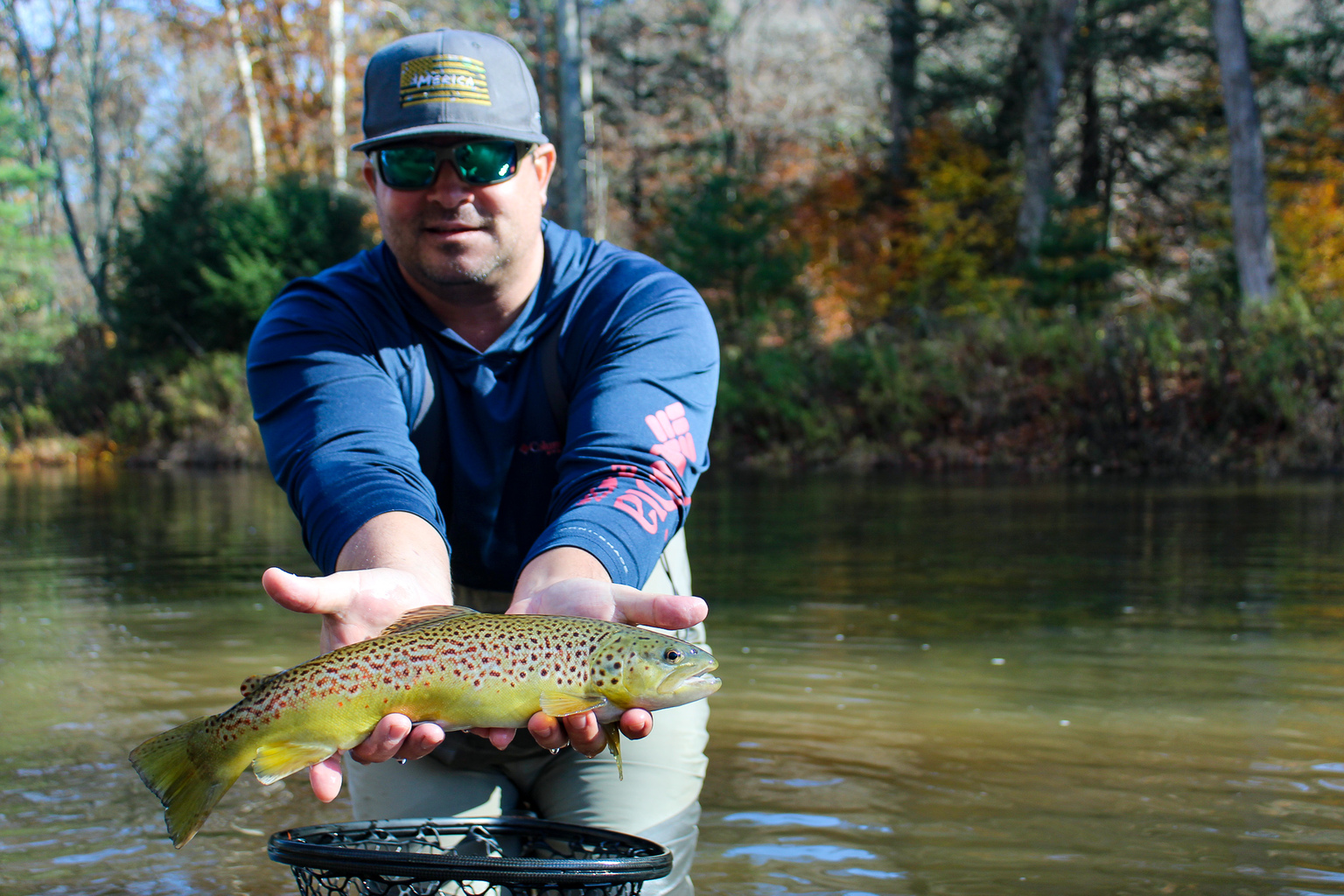
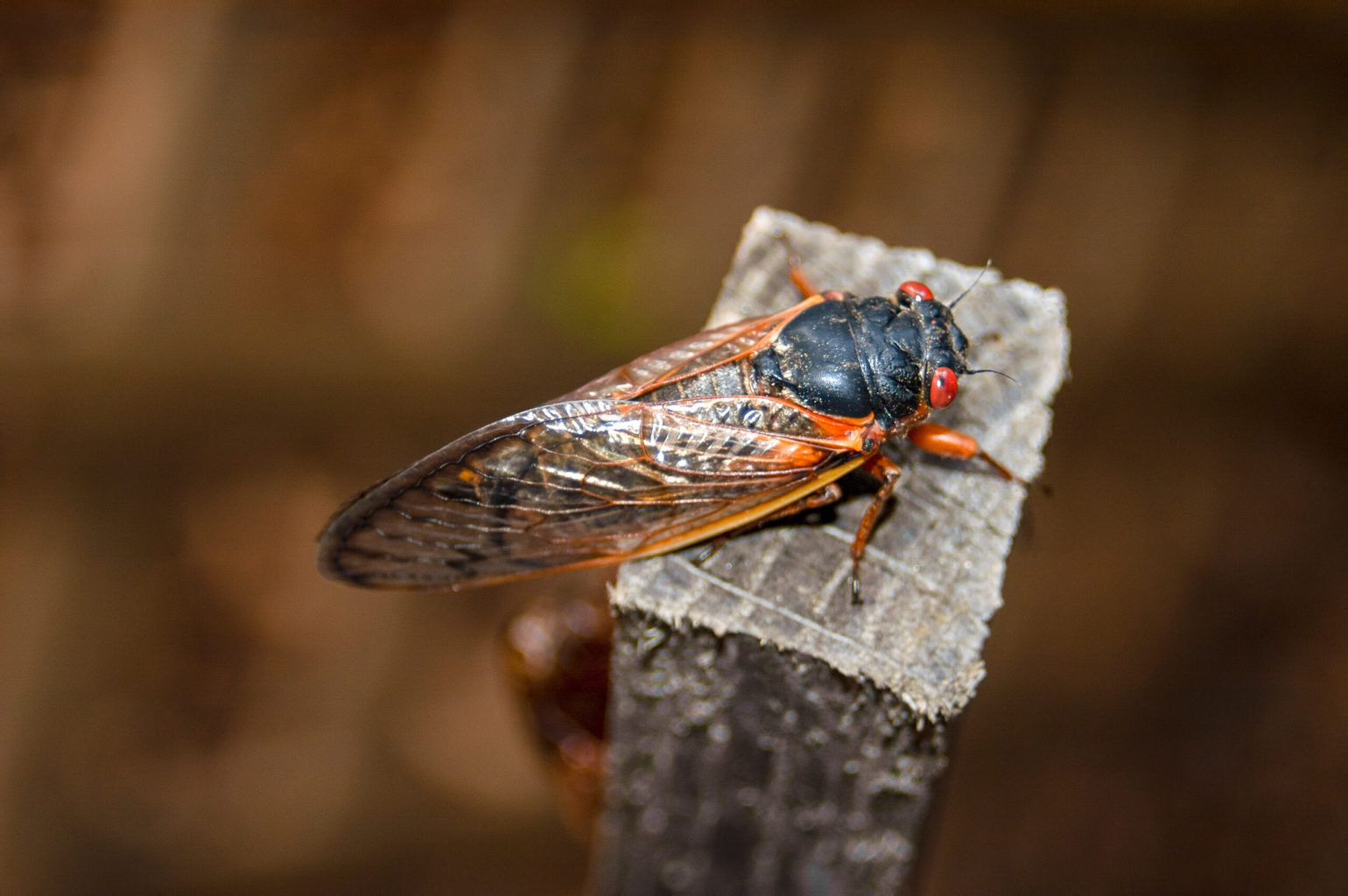



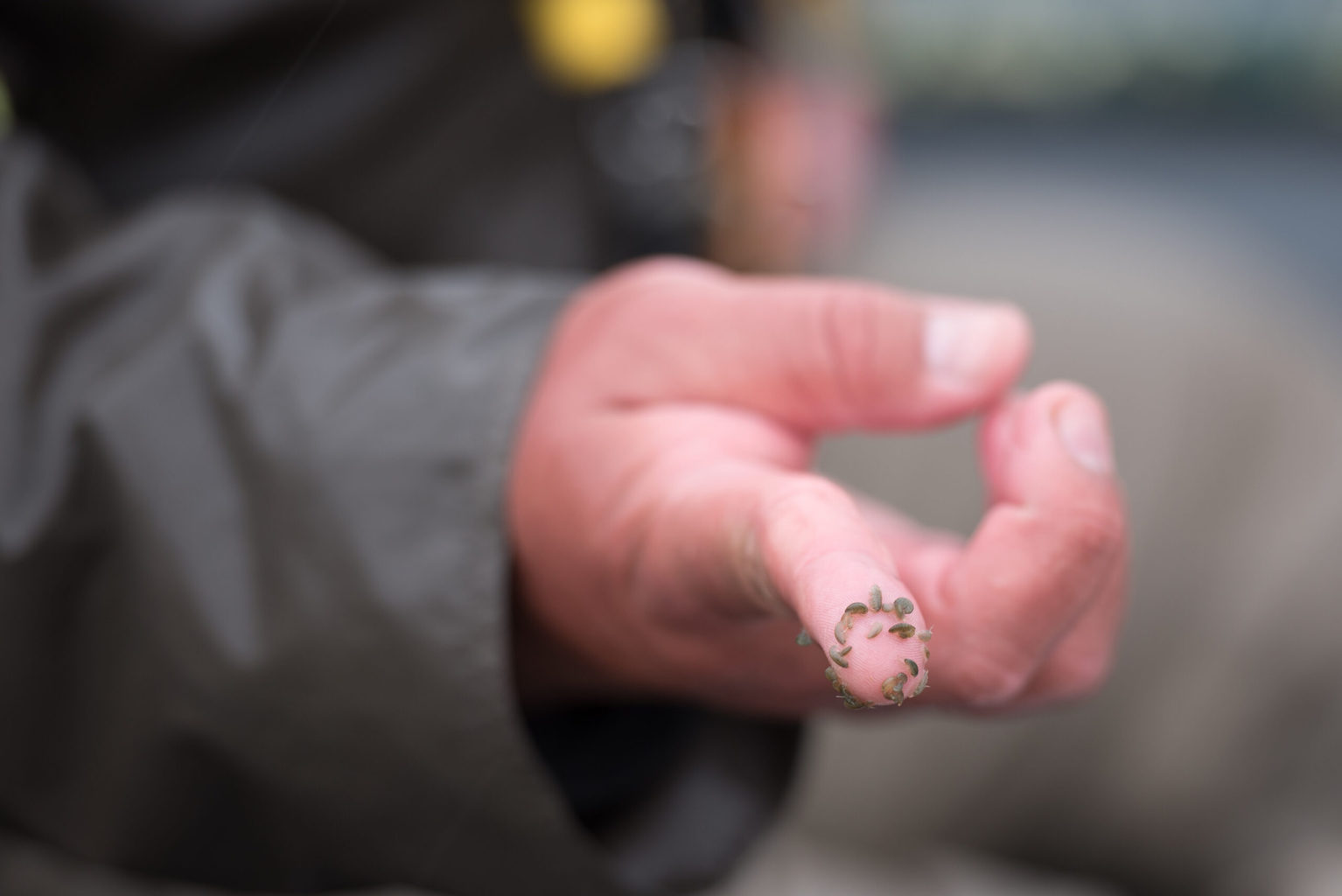
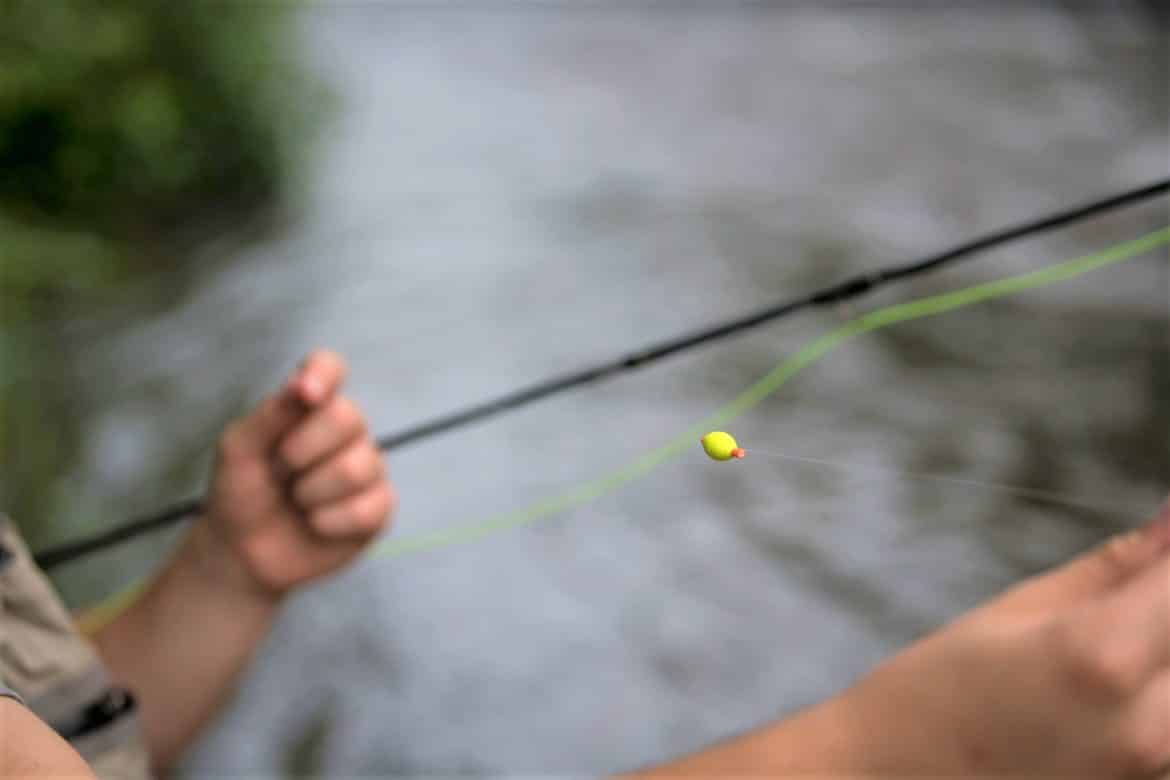

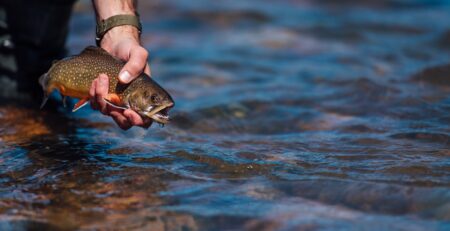
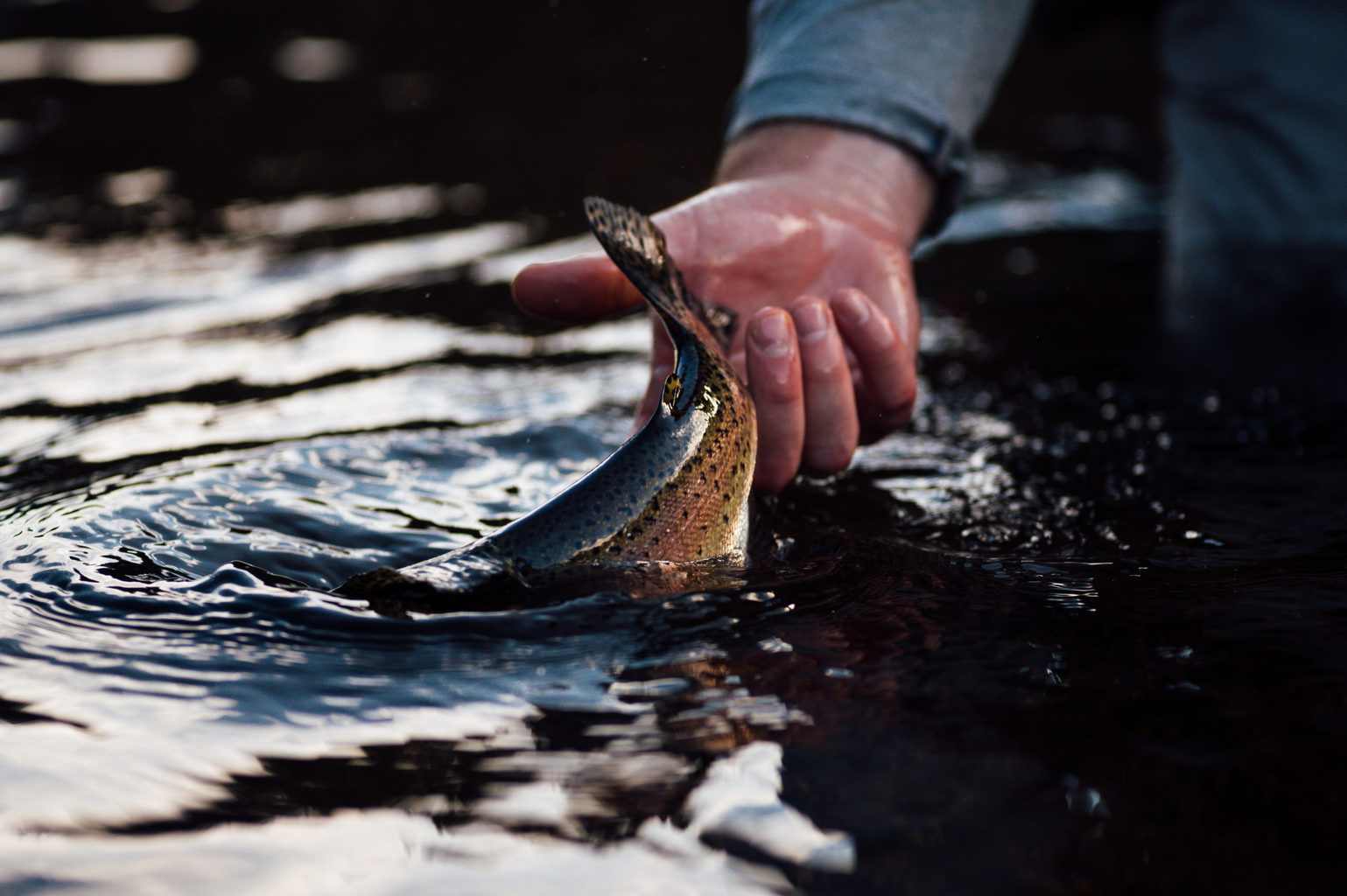


Comment (1)
[…] Fooling Picky Trout […]
Comments are closed.